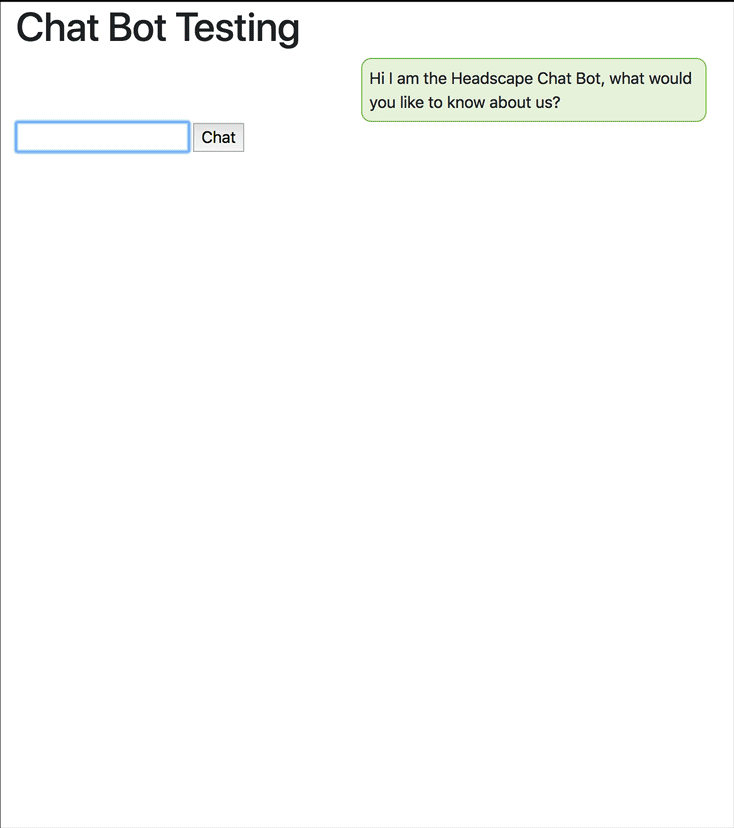After reading Build Chatbots with PHP by Christoph Rumpel I started making some simple chatbots and quite quickly moved on to more complex interactions. It didn’t take long to get something basic up and running, which in turn, got me really excited about the possibilities.
But – there’s always a ‘but’ isn’t there – it also didn’t take long for the bots to fail to have answers, especially when I showed them to colleagues who didn’t know the precise phrases the bots were listening for.
To try and get over this I used Dialogflow for the backend as it has natural language parsing capabilities. It also has a very nice UI that will allow even non-technical users to build up conversations. After a short tutorial I found Dialogflow easy to use and very powerful for the little effort needed to start using it.

Research
Highlighted by others asking my bot questions it did not understand, it is essential that you do in-depth user research before you launch your bot. The last thing you want is to spend a lot of time and money only for people to never use the chatbot as they had a bad first experience.
Just like any web project, speaking to the people who will be interacting with your site / bot will show you interactions you can never have imagined by yourself.
Monitor
It’s highly likely that you run some analytics or monitoring code on your website to ensure users are moving through the site as expected. You should also be monitoring the chatbot’s interactions to see where users take conversations and if any of these lead to dead ends.
This could be in the form of capturing the sessions with a tool such as Full Story, or logging the conversations to a database that you can then analyse at a later date.
Learn
Machine learning is great but machines also need help as well. Whilst Dialogflow has a machine learning aspect to it there will more than likely be cases where a user asks a question that it cannot learn from. By spotting new forms of interaction early you can return to the research phase to see how others would phrase the same question and then feed these alternatives into the backend.
You may also find people are looking for specific areas of your site and your overall information architecture could do with some readjustment. Or better still, maybe people are coming to you looking for a service or product you do not yet offer but could do, leading to new lines of business.
Chatbots are an exciting development and give the potential to have a form of customer support that’s always on hand. But they are not something that can be set up and never looked at again, otherwise their lack of knowledge can leave users feeling frustrated and abandoning your site.